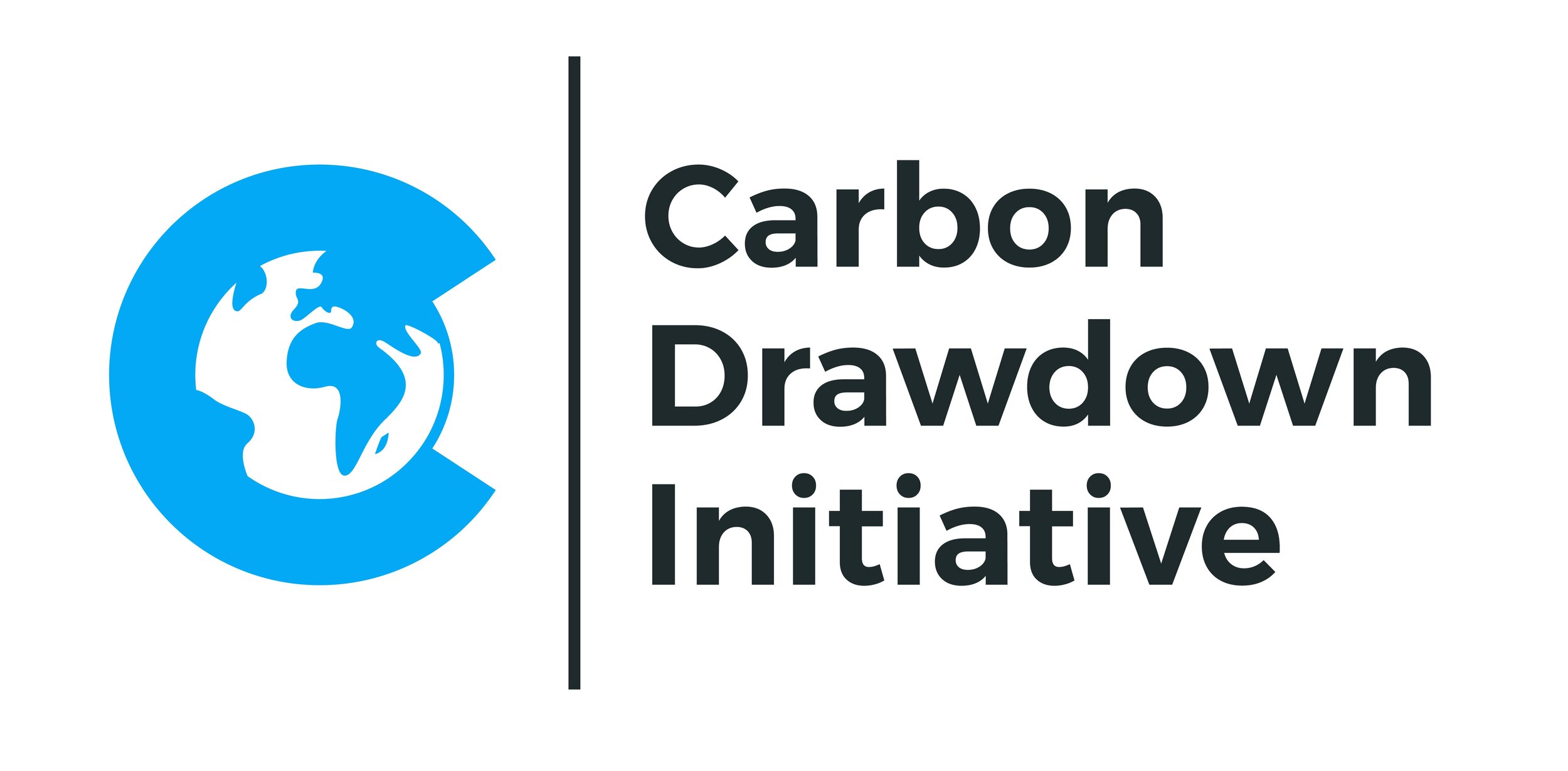Why we are ditching most replicates in favor of having more variations
Carbdown Greenhouse Experiment 2025/2026
Embracing Variation Over Replication in Enhanced Weathering
In our collective effort to combat climate change, enhanced weathering (EW)—a process involving spreading crushed minerals on soils to naturally capture carbon dioxide—holds promising potential. Yet, as our recent experiments have demonstrated, success in carbon dioxide removal (CDR) via enhanced weathering critically depends on finding the optimal combination of rock type and soil.
In our upcoming new Carbdown Greenhouse Experiment 2025/2026, we are significantly shifting our approach. Rather than extensively replicating a smaller number of soil-rock combinations, we have chosen to deliberately prioritize testing a broader diversity of combinations, each with fewer replicates. This strategic pivot aims to maximize the number of soil types and rock amendments assessed, responding to our earlier findings that highlighted the dramatic variability in CDR outcomes depending on specific soil-rock interactions.
Our earlier Carbdown experiments underscored that many theoretically promising combinations resulted in unexpectedly low CDR rates, even under optimized greenhouse conditions. For example, basalt, commonly regarded as a reliable rock for EW, showed disappointing performance in numerous soil contexts (all soils were from Germany, though). Conversely, highly reactive materials like steel slag demonstrated significant variability in performance depending on soil type. These insights underline a critical realization: achieving reliable carbon removal through enhanced weathering demands a detailed understanding of the nuanced interplay between specific soils and rock amendments. And then you also need a proper measurement approach to gain reliable MRV.
Our upcoming experiment will employ hundreds of new soil-rock variations, with only one replicate per treatment, greatly expanding the breadth of our dataset. This design aligns closely with practical resource and space constraints and leverages our data-intensive approach to enable advanced predictive modeling via numerical and machine-learning methods. Our ultimate goal is not merely to identify successful combinations but also to systematically eliminate ineffective ones, thus streamlining future practical deployments.
Are you interested in diving deeper into our reasoning behind prioritizing variation over replication and exploring how this innovative approach could reshape the future of enhanced weathering research?
You can access our full paper and explore all the scientific details here.
Greenhouse Experiment 2025-2026 -
Prioritizing Variation Over Replication (pdf, 3 MB, 19 pages)


